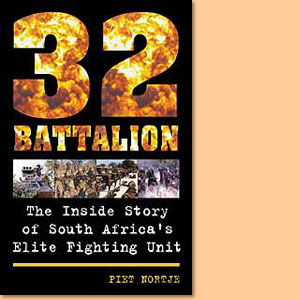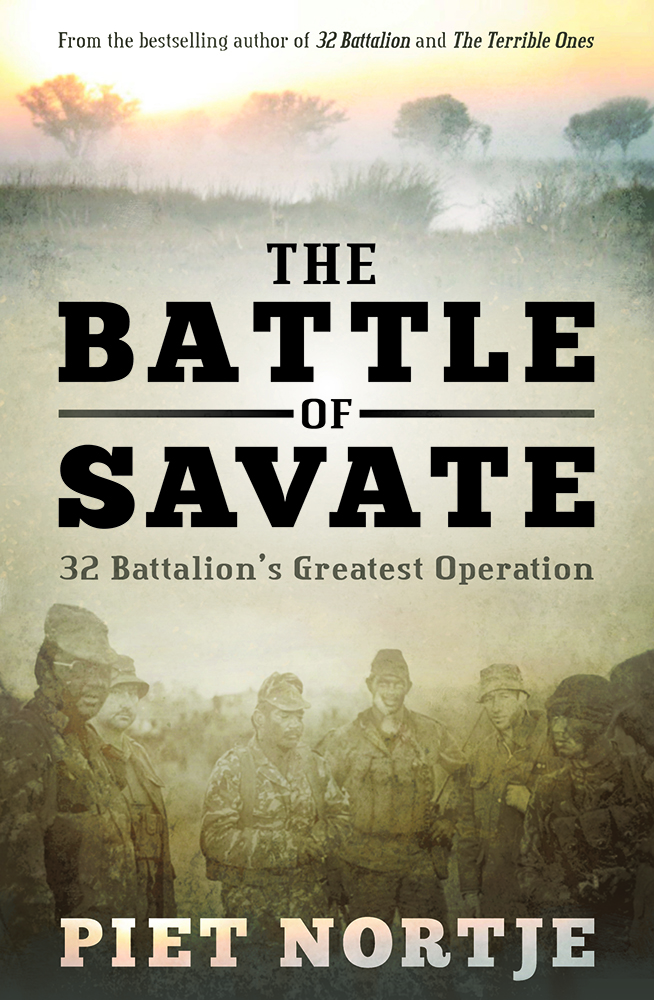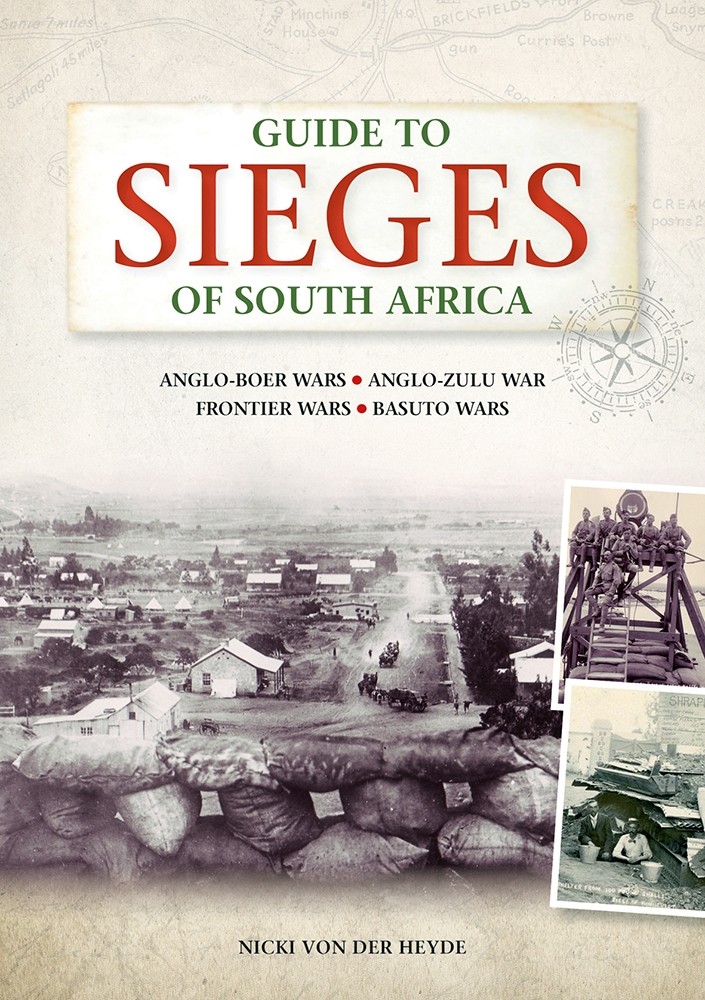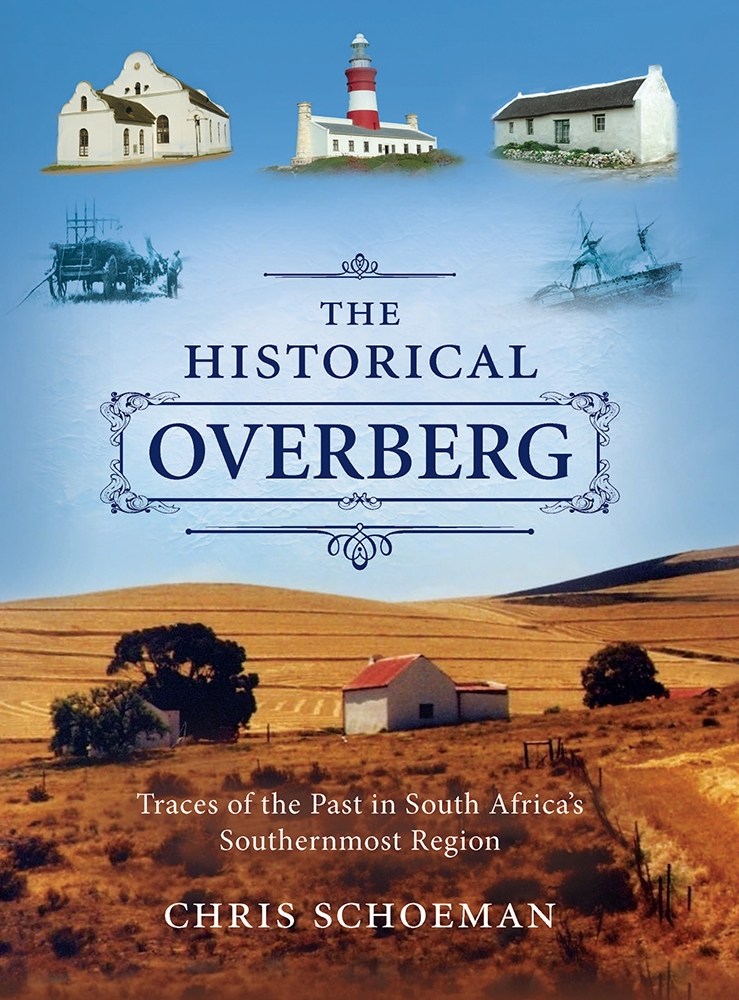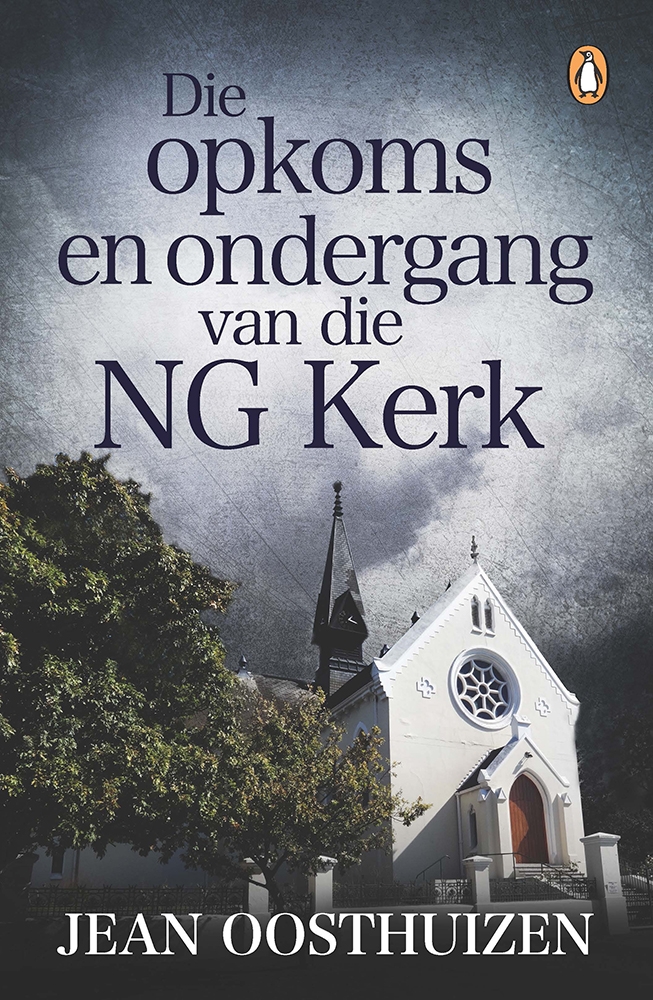32 Battalion, by Piet Nortje
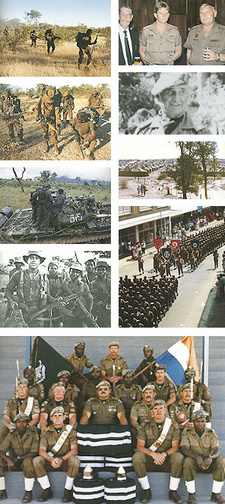
32 Battalion, by Piet Nortje, is the inside story of South Africa's elite fighting unit of the South African Defence Force SADF.
Extract: Piet Nortje recalls. On Sunday, 19 October, 32 Battalion Task Force Zulu advanced via Nehone to within five kilometres of Pereira D’Eca, and moved into position for the pending assault.
Battle Group Alpha would attack the southern section of the town and despatch troops down to Santa Clara, on the South West African border, to secure the area and link up with another South African battle group making its way into Angola from Owamboland. Van Wyk and the eight Vickers machine guns mounted on a truck were deployed with Alpha as part of the stopper group that was to keep the main road to Forte Roçadas open. Bravo would attack Pereira D’Eca from the north, clear the kimbo and secure the airfield some eight kilometres to the west, along the road to Forte Roçadas.
Breytenbach used Alpha Company to attack the northern sector of the town and Bravo Company to clear the kimbo, holding Charlie Company in reserve until it would join Alpha Company in securing the airfield. Van Dyk’s mortar platoon supplied support. The mortar attack on the Portuguese quartel, held by the MPLA, began at 13h15. In the counter-bombardment, one Bravo soldier was killed and five wounded. One Alpha member was also wounded. Alpha Company ran into the MPLA’s main defensive position three kilometres south of the town. The MPLA had clearly expected any attack to come from this direction, and although the Bushmen soldiers deployed exactly as they had been trained to do once the firing began, the truck carrying the mounted machine guns got stuck in a freshly ploughed field, and was of little use. While Bravo’s companies pushed through to the airfield without encountering too much resistance, Van Wyk made slower progress through the sprawling maze of mud and tin shanties, and he had great difficulty keeping his men in any kind of formation, especially once the town’s inhabitants began emerging from their homes to welcome their liberators.
Task Force Zulu had anticipated that the town would be defended by between 300 and 400 MPLA soldiers, but actually had to contend with less than half this number, who quickly abandoned any attempt at defence and fled into the surrounding bush. While Pereira D’Eca was being attacked, and despite not being authorised to do so, a group of soldiers from 2 SA Infantry Battalion under the command of Commandant Boy du Toit launched a successful assault on Forte Roçadas. Breytenbach, ordered to the town by Brigadier Schoeman, duly reported to Task Force Zulu headquarters that South African troops were in control. In line with a decision taken meanwhile by the South African authorities to send armoured cars into Angola, Du Toit was ordered to detach his 81-mm mortar group and his armoured car squadron to Task Force Zulu.
The advance to Sá da Bandeira resumed on 21 October, Battle Group Alpha leading the way past Humbe and Chama before veering off near João de Almeida to clear the towns and villages west of the main road, while Bravo Group proceeded to João de Almeida. At 13h00, a few kilometres from the town, they made contact with a small group of the enemy, who wasted little time vanishing into the bush, to be followed shortly afterwards by those of their comrades who had remained in the town itself. By 15h00, Task Force Zulu had occupied João de Almeida – but further north, the MPLA was engaged in strengthening its defences at Sá da Bandeira.
When Battle Group Bravo moved out of João de Almeida on the morning of 23 October, an FNLA platoon under command of Sergeant Danny Roxo stayed behind to prevent any enemy advance from Task Force Zulu’s rear. Skirmishes during the previous nine days had removed the element of surprise from the column’s advance, and the men of Bravo were alert to likely ambushes as they traversed the mountainous terrain punctuated with cuttings that offered ideal cover for the enemy. The first attack came from infantry with light anti-armour rockets and missiles, and was easily repulsed. The next attack, however, was heavier, requiring a bombardment by the armoured cars as well as the firepower offered by all the machine guns, including those mounted on the flatbed truck, and the three-inch and 81-mm mortars. In sharp contrast to their shabby performance at Cuvelai, the FNLA troops engaged the enemy with gusto, yelling and shouting as they charged through the MPLA line, emptying their magazines at point-blank range into their frankly stunned opponents.
It was a landmark firefight, not only because it offered the first clear sign that Battle Group Bravo was capable of functioning as a well-oiled war machine, but because the victors were able to capture two 82-mm recoilless guns with ammunition and a single tube 122-mm rocket launcher with five projectiles. This was the first time anyone in Task Force Zulu had seen the deadly weapon, but it didn’t take long for Breytenbach’s men to start using it to great effect against the enemy! The next ambush had been set up where the road from Cangolo joins the main route south-east of Rio Grande. The enemy position was easily overrun, with FAPLA suffering one dead, three wounded and three prisoners of war. When their comrades fled, they left behind four shot-out vehicles and a large supply of ammunition.
The column came to Rotunda as the sun was setting. The few buildings that made up the village were loosely scattered on the high ground, and these were swiftly raked with mortar and machine-gun fire before two companies, supported by armoured cars, moved in on either side of the main road to Sá da Bandeira to clear the area. FAPLA left in a hurry, and as dusk settled over the village Bravo took up defensive positions for the night. Later that evening Commandant Linford and Battle Group Alpha joined them, just in time to witness an uncoordinated and spiritless counter-attack by FAPLA troops who had obviously been despatched from Sá da Bandeira to retake Rotunda. Two FAPLA vehicles were soon burning on the main road, thanks to the armoured cars, while Corporal Kruger’s machine-gunners played their role well, firing long bursts at FAPLA’s gun flashes. Unfortunately, one of Kruger’s men took a fatal shot to the head during the exchange.
Still later that night, Battle Group Bravo received its final briefing for the attack on Sá da Bandeira, the largest town in southern Angola. According to intelligence reports, 122-mm rocket launchers were deployed on Monte Cristo, a hill overlooking all entrances to the town, which was surrounded by FAPLA bases and minefields. Van Heerden thus decided the primary objective should be for Breytenbach’s group to take the airport, some five kilometres out of town, while the rest of Task Force Zulu held back in reserve. Linford, meanwhile, was to move Alpha group around the town to the north and prevent the enemy fleeing towards Humpata and Moçâmedes.
Bravo Group moved out after breakfast, and at 15h00 the armoured cars began bombarding the airport control tower and adjacent buildings. Only light resistance had been anticipated at the airfield, but as the guns fired again and again, not a single shot was returned. However, as Sergeant Robbie Ribeiro’s infantry company surged forward to occupy the buildings, small-arms fire crackled from the entire length of the airfield perimeter, where FAPLA had dug in. One of Ribeiro’s Portuguese troops went down almost immediately, shot in the stomach, while the rest of his men hit the dirt and began returning fire furiously. When the enemy fire showed no sign of abating, Ribeiro called up the four armoured cars, which opened up with their coaxial machine guns, even their main guns at times, as Ribeiro and his men systematically cleared the enemy positions from one end of the airfield to the other. Eventually the firing died down, and Ribeiro and his men trotted back with a group of prisoners. Eighty-four dead FAPLA were collected from positions around the airfield, but later more bodies were discovered in the long grass.
With the airfield secured, the main attack on the town could proceed as planned. As they reached the outskirts of Sá da Bandeira, the companies and armoured cars of Bravo Group spread out, the infantry lines soon being swallowed up among the buildings while the armoured cars rumbled from cover to cover behind them, poised to fire at the first sign of resistance. Just ahead of Breytenbach’s Land Cruiser, a 90-mm gun boomed and a civilian vehicle burst into flames. It had been speeding to the airfield and narrowly missed colliding with the Eland as it rounded a corner. Two of the occupants, a Portuguese man and a woman, were killed, while a second man was pulled alive from the wreckage by the troops.
Without meeting any resistance, Bravo Group cleared their designated sector, regrouping at the former Portuguese artillery barracks from where they observed truckloads of FAPLA troops fleeing northwards. On the morning of 24 October, Bravo attacked the old Portuguese infantry quartel. The initial bombardment by the mortar platoon did little damage, as the distance was too great and the bombs fell short of their targets, but the noise alone was enough to send the enemy running from the building, and several FAPLA soldiers were taken prisoner and locked up in the town cells. The three infantry companies and armoured cars never even had to enter the battle.
The real prize of capturing Sá da Bandeira became evident once the firing stopped. Apart from seven perfectly serviceable aircraft, Task Force Zulu commandeered the contents of several warehouses crammed with weapons, ammunition, battle fatigues, boots and other equipment. Every soldier was issued with at least two sets of camouflage fatigues, a groundsheet and a pair of boots. The mortar and machine-gun platoons were overjoyed to be given brand new PPSh carbines, as they had never really taken to the Stens. Operating from the old artillery barracks, Bravo Group set about consolidating their position, carrying out sorties in the direction of Hoque, east towards Serpa Pinto and down the old road and railway mountain pass as far as Vila da Arriaga. At Hoque, Jack Dippenaar’s company ran into a bloody fight with FAPLA, and even though his men emerged victorious, Breytenbach divined that the entire battalion seemed to be losing heart for the battle.
He gained the strong impression that Chipenda’s faction of the FNLA felt they had done what was required of them, and would be quite content to carve out a future in the prime piece of Angola that had been liberated, leaving the MPLA and UNITA to squabble over the rest of the country. The SADF had a somewhat different perspective, however, and Van Heerden’s next objective was the coastal town of Moçâmedes. It was crucial that the task force take control of the harbour to prevent it from being used to ship FAPLA reinforcements and equipment down from the north. What Van Heerden did not know was that, in addition to both FNLA and MPLA forces, the port also still housed a Portuguese unit.
All Portuguese forces had been confined to barracks since May, pending repatriation after independence, but a group of senior left-wing officers in Luanda had previously been instrumental in supplying the MPLA with arms and equipment, and no one could be sure where the loyalty of the remaining troops would lie. […]
This is an extract of the book: 32 Battalion, by Piet Nortje
Book title: 32 Battalion
Author: Piet Nortje
Zebra Press
Cape Town, South Africa 2004
ISBN 9781868729142
Softcover, 15x23 cm, 352 pages, many colour photos
Nortje, Piet im Namibiana-Buchangebot
32 Battalion
32 Battalion is the inside story of South Africa's elite fighting unit of the South African Defence Force SADF.
The Battle of Savate: 32 Battalion's greatest operations
The Battle of Savate (Operation Tiro-Tiro) was 32 Battalion’s greatest victory since its formation in March 1976.
The Terrible Ones. A complete history of the 32 Battalion
The Terrible Ones, a comprehensive two-volume history work covers in detail the 32 Battalion's 117 documented military operations from 1976 to 1993.
Weitere Buchempfehlungen
Guide to Sieges of South Africa
Guide to Sieges of South Africa: sieges that characterised the Cape Frontier, Anglo-Zulu, Basotho and Anglo-Boer wars are brought together in one volume.
The Historical Overberg: Traces of the Past in South Africa's Southernmost Region
The Historical Overberg: Traces of the Past in South Africa's Southernmost Region explores the history of one of the most beautiful regions of South Africa, including destinations such as Swellendam, Caledon, Greyton, Genadental, Hermanus, Cage Agulhas and Arniston.
Die opkoms en ondergang van die NG Kerk
Die opkoms en ondergang van die Nederduitse Gereformeerde Kerk NGK in die suidelike Afrika.

